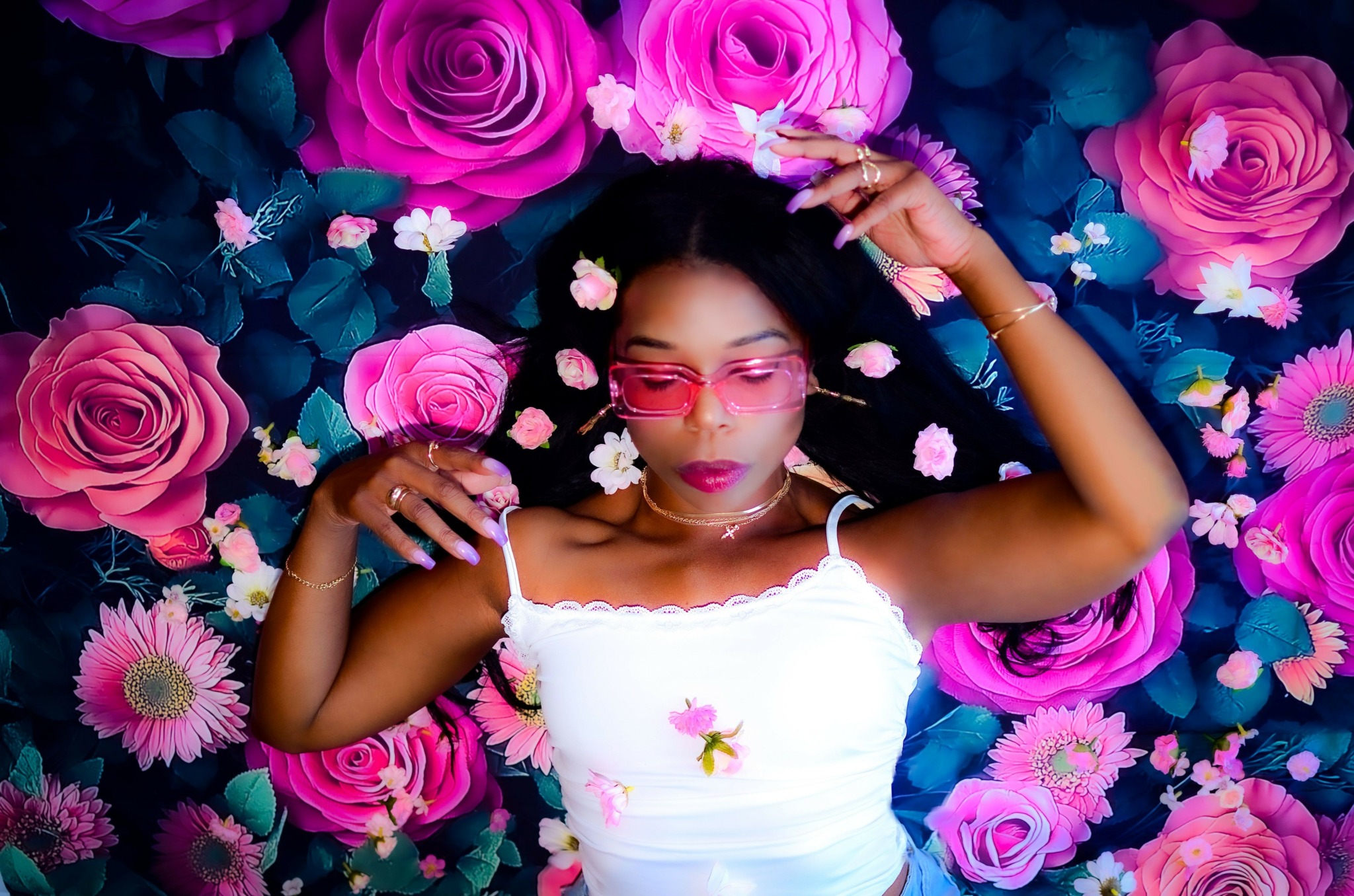Alright – so today we’ve got the honor of introducing you to Isis Kenney. We think you’ll enjoy our conversation, we’ve shared it below.
Alright, Isis thanks for taking the time to share your stories and insights with us today. Earning a full time living from one’s creative career can be incredibly difficult. Have you been able to do so and if so, can you share some of the key parts of your journey and any important advice or lessons that might help creatives who haven’t been able to yet?
Yes, I’ve been able to earn a full-time living from my creative work, though it definitely wasn’t that way from day one. My journey began long before I launched my own brand. Early on, I started in sales and then moved into advocacy. I had the opportunity to work with both businesses and nonprofit mission-based organizations, especially those focused on social justice. That experience was eye-opening. I noticed that businesses with products to sell often understood the value of creative strategy, they invested in visuals and branding because they knew it helped them grow. In contrast, many organizations advocating for a cause treated design and communication as an afterthought, which made it harder for them to compete or effectively reach their audiences. That realization inspired me to bridge those two worlds—the business of branding and the purpose of advocacy—and that’s how Hip Hop Fine Art was born.
When I first started, my graphic design work was the most profitable. It allowed me to make a living while building relationships with clients, artists, and small businesses. My fine art, however, took more time to develop. It’s more personal, so it required patience, experimentation, and trust in my own voice. Over time, I began receiving commissions and selling pieces, and that side of my work continues to evolve and grow.
Before building my own brand, I had already been developing brands and storytelling-based campaigns for others. What I’ve always found rewarding is bringing a youthful, energetic, and fresh perspective to complex narratives and outdated brands, transforming them into something more engaging, relatable, and impactful. I’ve been fortunate to find real success in that work.
One of my biggest challenges has been finding balance—managing the demands of my own brand and business while also working for companies or on campaigns. Navigating nonprofit spaces as a creative has also been difficult. Too often, nonprofits rely on creatives for messaging and engagement but fail to fully recognize the value of that work. Communication and design are frequently overlooked in advocacy and social justice campaigns, where the focus tends to center on policy experts and organizers. While their work is essential, effective communication—especially visual communication, outreach and branding—is equally critical for reaching and mobilizing audiences. More emphasis on creative strategies and research would be far more effective than working in silos and hoping others notice your cause.
During the pandemic, many organizations were finally forced to acknowledge this truth. For me, continuing my education has also been vital. Because I’ve always worked in fast-paced environments that merge art, marketing, digital strategy, and technology, I’ve had to keep learning new tools and techniques, whether through classes, courses, or going back to school. Understanding the psychology of design and how to leverage technology has helped me extend my reach and increase my impact. These are not things you typically learn on the job or by building a brand; they require intention and constant curiosity.
If I’m honest, I don’t think I could have sped up my process knowing what I know now. Each pause, each shift in my career path or creative pursuits has been necessary. I tell people all the time, I’m not a machine. I need rest. I need solitude. I need creative time and reflection. Preserving my energy is essential to doing the work I do well.
Even with these challenges, I take pride in bringing hip hop energy into both traditional and nontraditional spaces, injecting color, movement, and authenticity into campaigns, businesses, and initiatives that might not typically embrace hip hop culture. It has been deeply fulfilling to represent our culture in spaces that often overlook it.
Hip hop has always been educational, and its influence goes far beyond music—it is a language, an expression, and a culture. Bringing that into social justice spaces, business environments, and creative campaigns has been a joy. I am proud not only to have built a successful visual brand rooted in hip hop but also to continue expanding where and how the culture shows up. Because honestly, everybody needs hip hop; it is the heartbeat of culture itself.

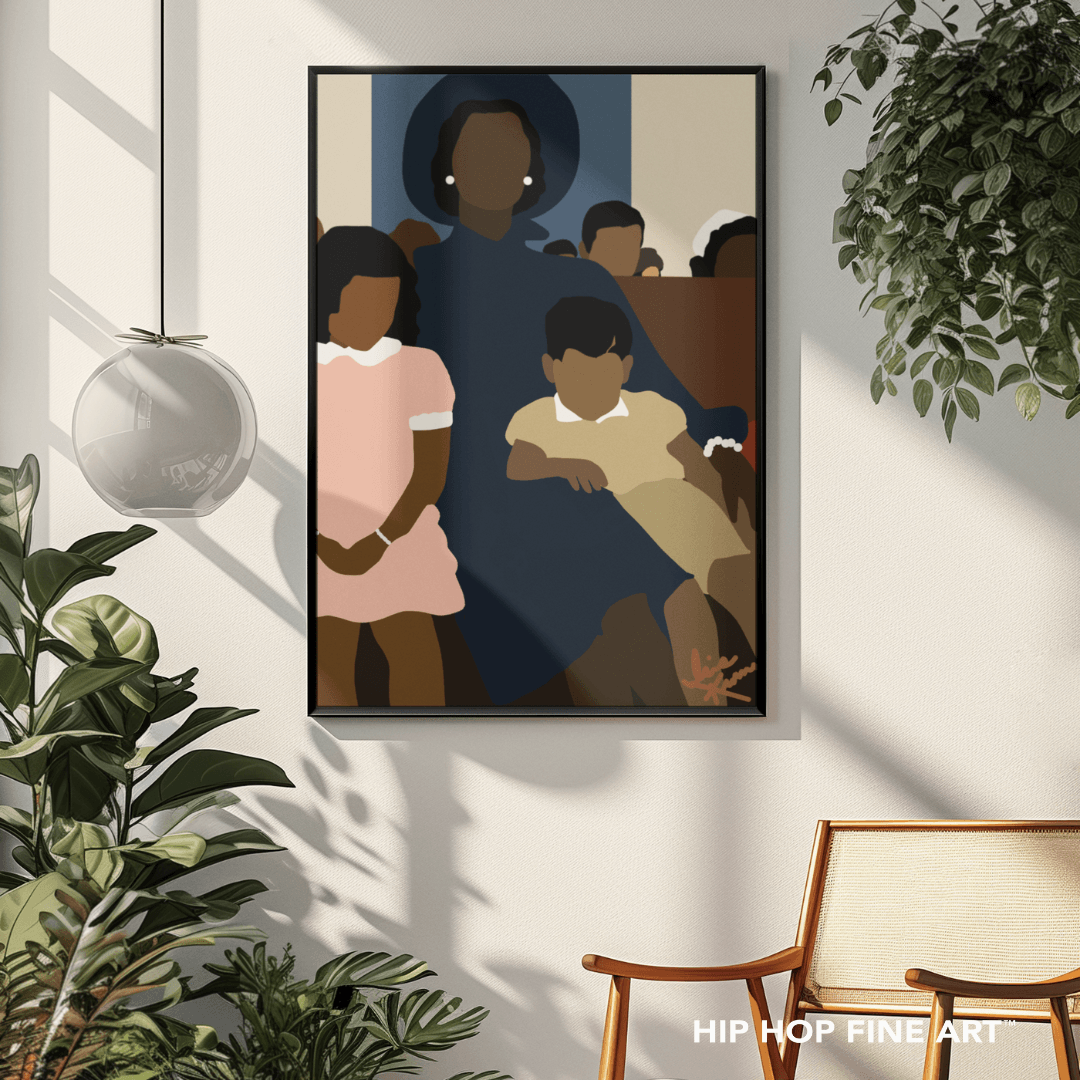
Awesome – so before we get into the rest of our questions, can you briefly introduce yourself to our readers.
I’m Isis Kenney, CEO and visionary behind Hip Hop Fine Art, a brand dedicated to preserving and celebrating hip hop culture through fine art, décor, and more. Growing up surrounded by artists in my family and their friends, I saw myself as a human computer, constantly absorbing and downloading culture, style, and creativity. Our home and community embraced African textiles and vibrant colors, especially during the ‘90s, which shaped the aesthetic I wanted to see reflected in the world.
From the beginning, there have always been Hip Hop Fine Artists—so many to speak of, all distinct within their own lanes.
The similarity was that they all went by their own names. We had no brand as a culture, no products we could rely on to capture and represent us outside of the beauty and fashion industries. My work, like most artists’, started small in scale. The more opportunities I received, the wider my vision became, and I wanted Hip Hop to go even further. I wanted us to get past the highs of finally making it to museums or runway shows and see ourselves in our homes, represented in our everyday lives.
Hip Hop Fine Art challenges industries that have historically treated our culture as a one-time muse or trend. Instead, we position hip hop as something of enduring value—worthy of preservation, celebration, and passing down. We create art that resonates culturally, aesthetically, and emotionally, giving people a way to connect with hip hop in meaningful, tangible ways.
I’m most proud of the community I’ve built—the fans, friends, and collaborators who have joined me on this journey—and my own growth as both a creative and a professional. I still see myself as a human computer, constantly downloading inspiration and learning, and the energy and support I receive keep me sharp, motivated, and thankful every day.
Ultimately, I want potential clients, followers, and fans to know this: Hip Hop Fine Art is about more than art; it’s about culture, identity, and legacy. It’s about honoring us, honoring our past, celebrating the present, and shaping the future—one vibrant piece at a time.
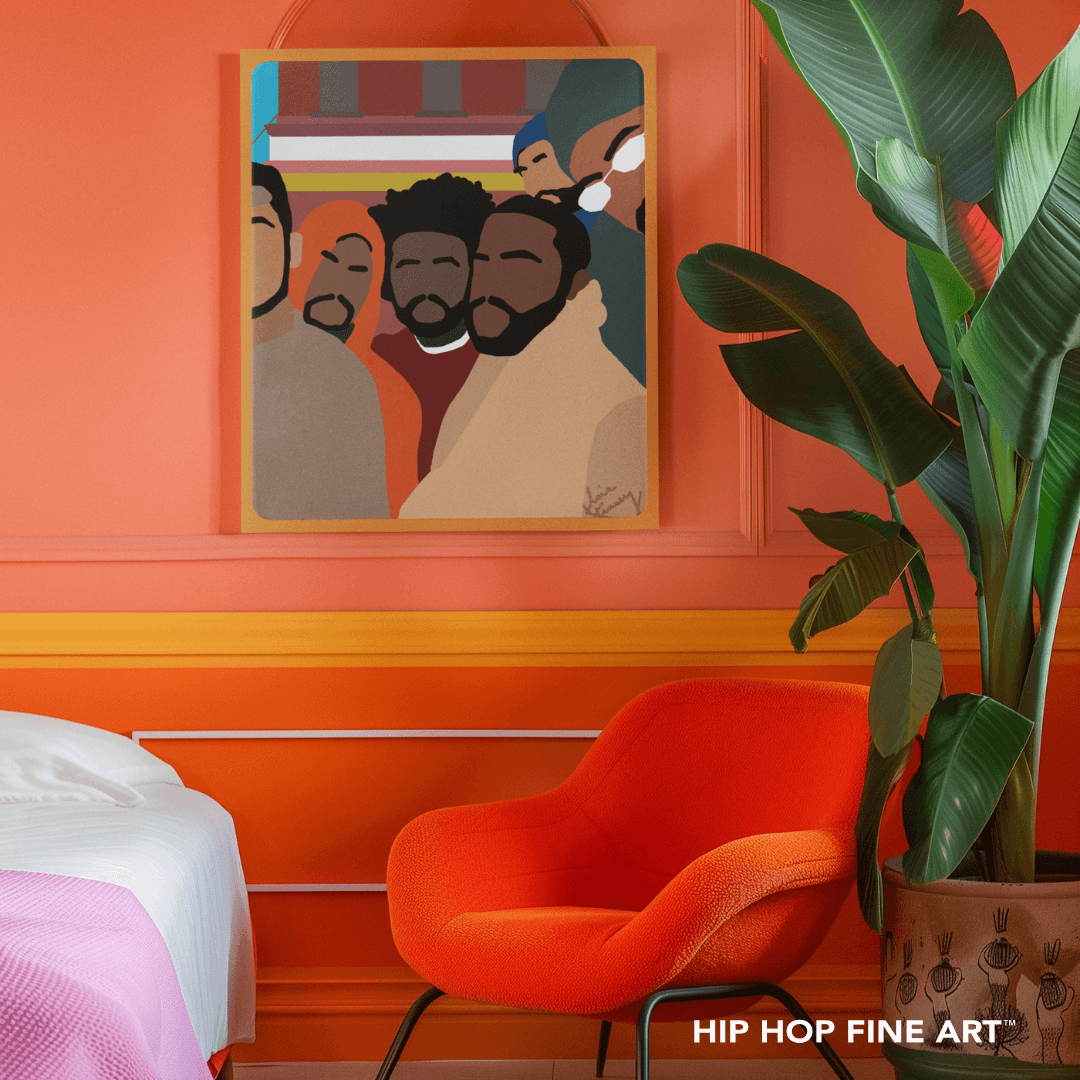
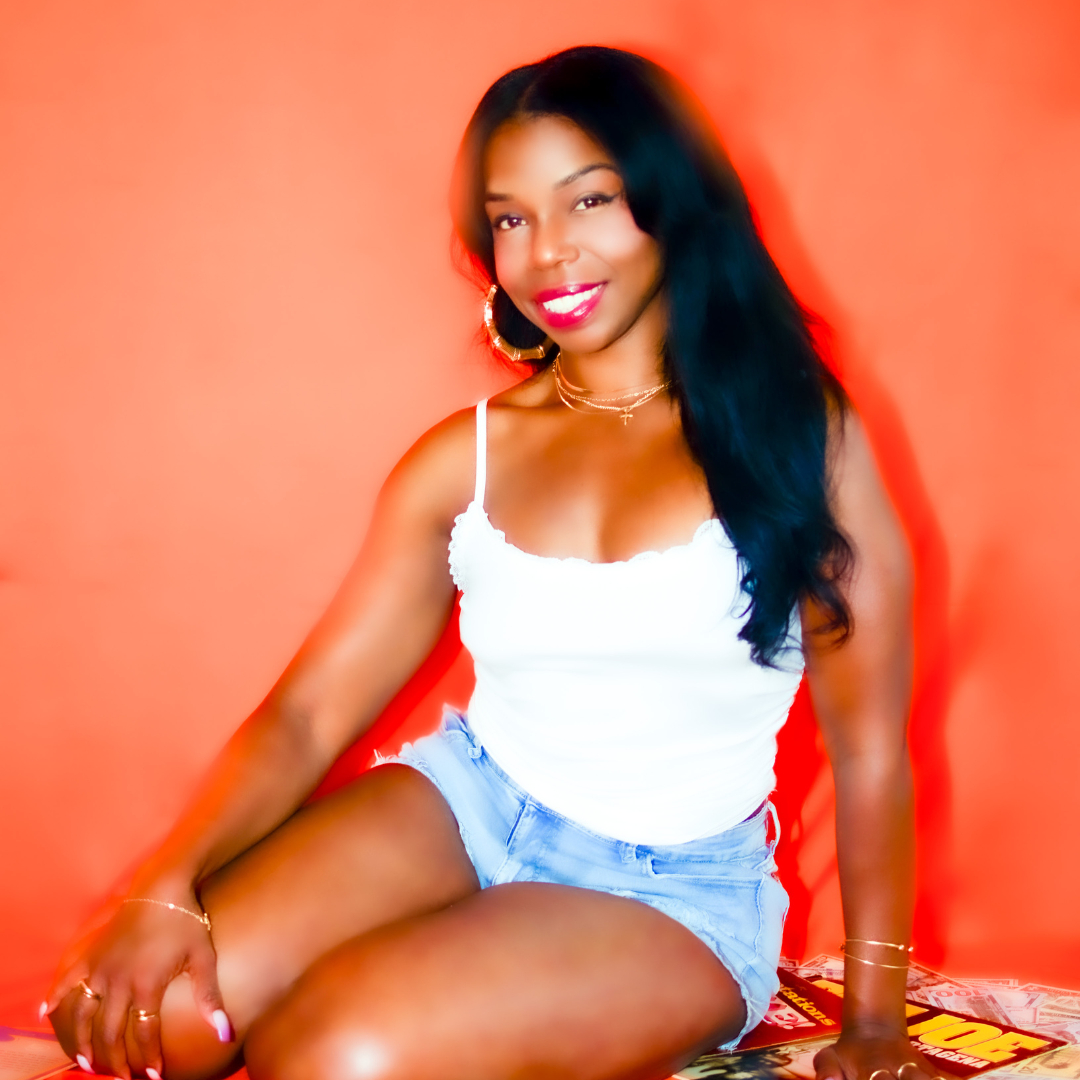
Is there something you think non-creatives will struggle to understand about your journey as a creative? Maybe you can provide some insight – you never know who might benefit from the enlightenment.
As artists, entrepreneurs, visionaries, and innovators, our journeys are filled with highs and lows. Our paths are rarely traditional or linear, and that can be hard for non-creatives to understand. When you have a vision, a goal, or a purpose, it often belongs solely to you—and with that comes being misunderstood. Creatives are frequently labeled as unstable, irrational, or scattered because we don’t fit conventional molds. We may not stay in one job for decades, we often work long hours at unconventional times, and we require solitude to create, reflect, and refine our work.
We are constantly seeking knowledge, information, and inspiration to improve what we create, transform our existing work, and push boundaries. That dedication can look strange from the outside. For example, what seems like “taking a risk” to one person might actually be a calculated leap of faith to a creative. Non-creatives may struggle to understand why we prioritize certain projects, moments of solitude, or personal development over conventional career paths or social expectations.
I’ve been fortunate to find work as a creative and executive doing what I love, but not every creative has that opportunity. Many of us have to carve our own paths, think outside the box, and create opportunities where none exist. That’s why artists often need to take stock of what helps them thrive—mentors, supportive peers, spiritual guidance, or time to recharge—so that they can produce their best work.
Ultimately, my insight is this: creatives operate on different rhythms, require different supports, and face unique challenges. What may look chaotic or unconventional to others is often the essential process of creation. If more people could approach our paths with understanding and compassion, it would not only support artists but also honor the diverse ways humans bring ideas and visions into the world.
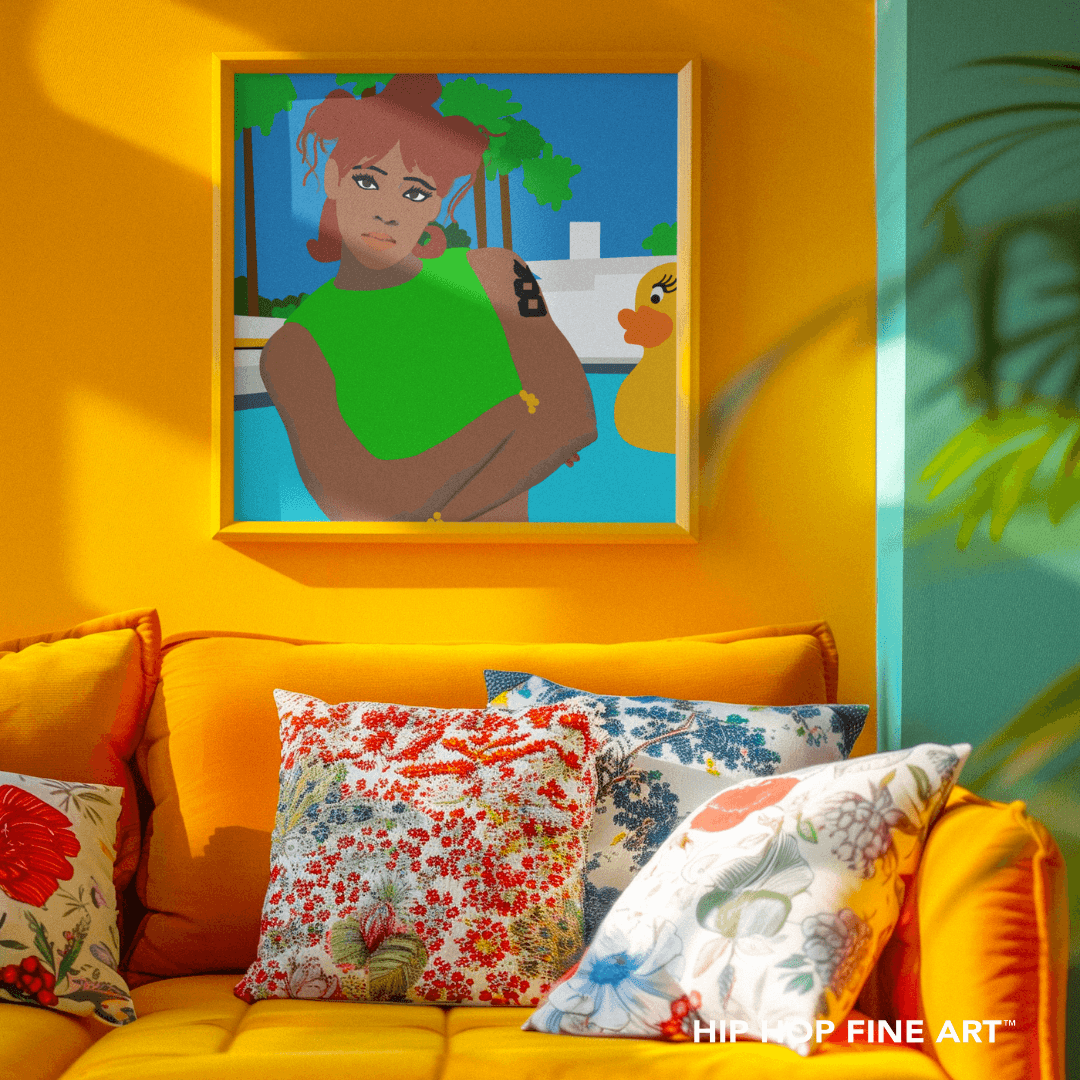

For you, what’s the most rewarding aspect of being a creative?
There are so many rewarding aspects to being an artist, but at the core, it’s the freedom to fully be myself—whether in the work I create, the fashion I wear, or the ideas I explore. What has been truly fulfilling is seeing my concepts—whether they start as thoughts, sketches, or discussions—come to life. I’ve been able to design my own path, which has been an incredible blessing.
The most rewarding part is the constant challenge: thinking outside the box, evolving, learning, pivoting, and staying focused on my goals. What’s beautiful is that those goals have grown over time—not in a negative way, but they’ve broadened and deepened. I’m grateful not only for the opportunity to share my talents with the world but also to connect with other amazing artists and make an impact on the visual aesthetics and representation of hip hop culture.
I’m especially proud of shining a light on hip hop fine artists who haven’t always been recognized, giving space for their unique styles to be seen. Being at the forefront of Hip Hop Fine Art has allowed me to celebrate our culture, history, and impact in ways that are both visually striking and meaningful. It’s about honoring our legacy, reflecting our beauty and glory, and creating a home for our culture—a space where we can be seen, understood, and celebrated collectively.
I love having conversations about our culture, even when perspectives differ, because no matter where people come from, the heart and essence of Black culture connect us all. Being able to provide a home for that connection, visually and collaboratively, is something I’m deeply passionate about and excited to continue for the rest of my life.
Contact Info:
- Website: https://hiphopfineart.com/
- Instagram: https://www.instagram.com/hiphopfineart/
- Facebook: https://www.facebook.com/HIPHOPFINEART1
- Linkedin: https://www.linkedin.com/in/isiskenney/
- Twitter: https://twitter.com/HIPHOPFINEART
- Youtube: https://www.youtube.com/@HIPHOPFINEART
- Other: https://fineartamerica.com/profiles/isis-kenney
https://www.etsy.com/shop/HIPHOPFINEART

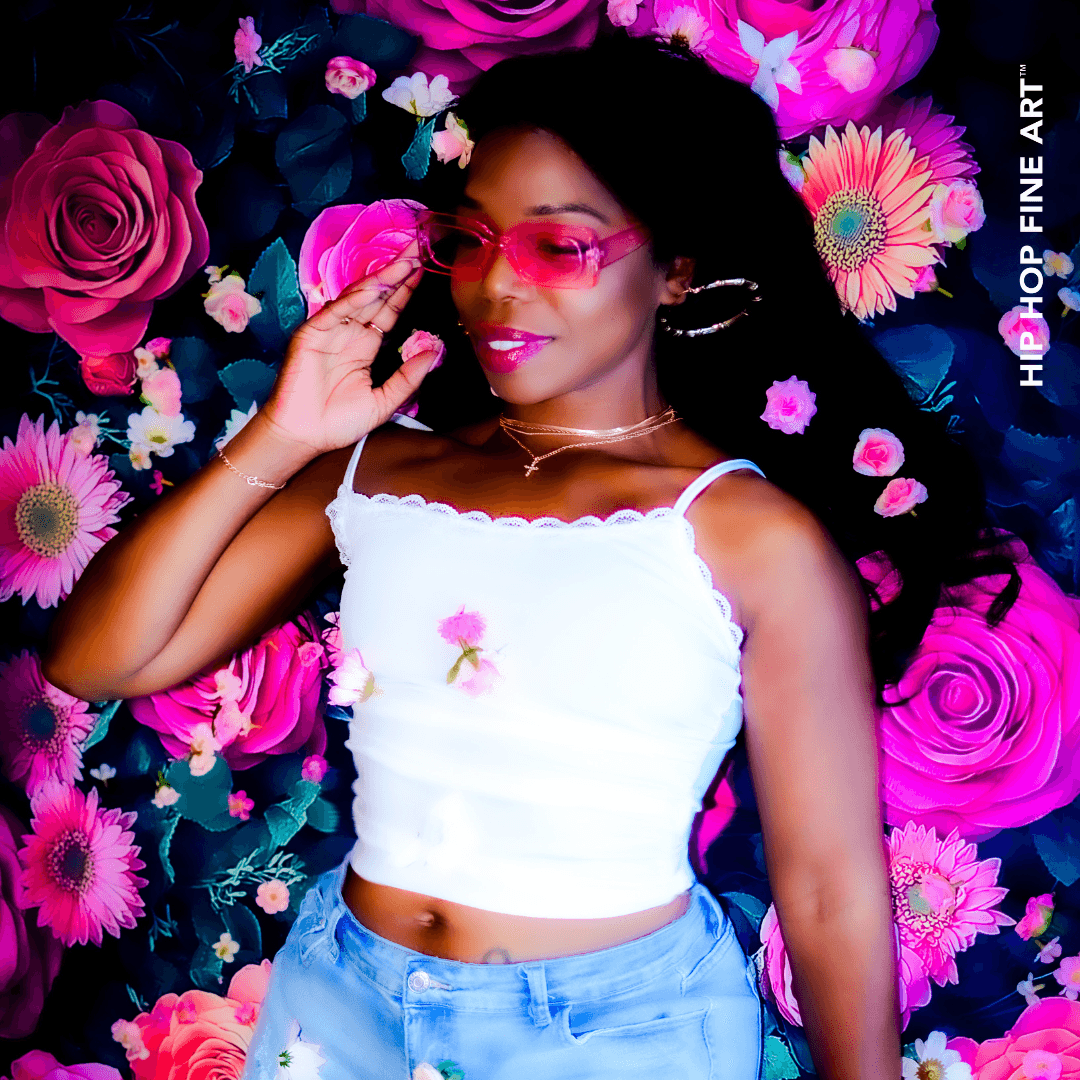
Image Credits
Kenji BC: https://www.instagram.com/mindofkenji/


